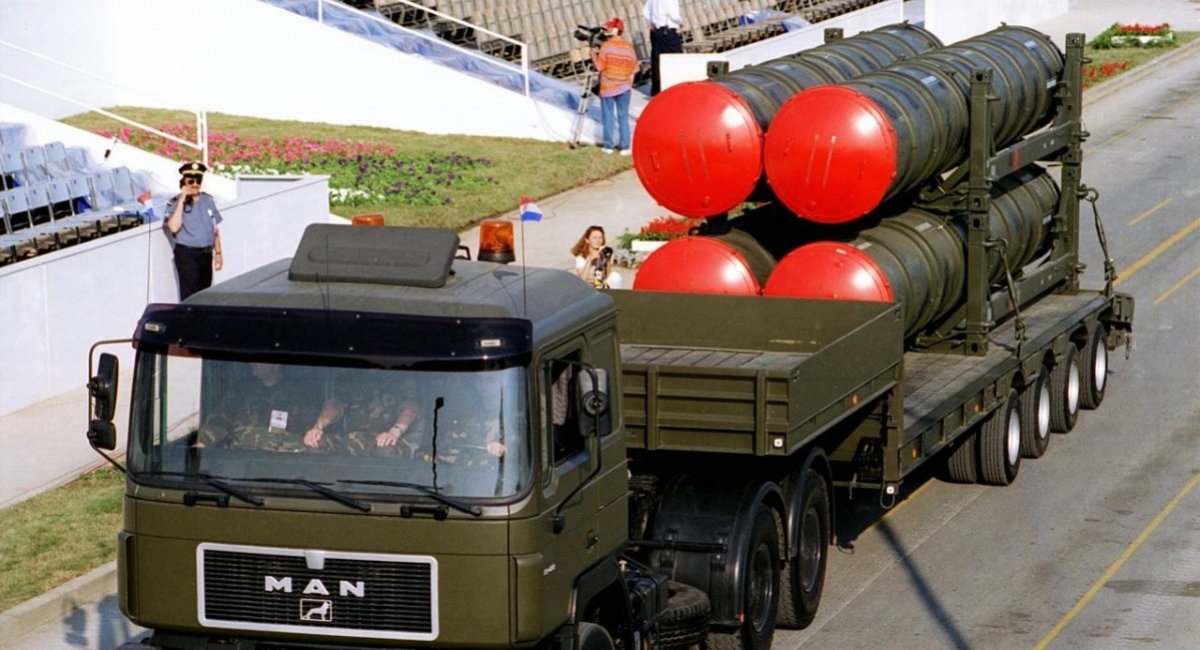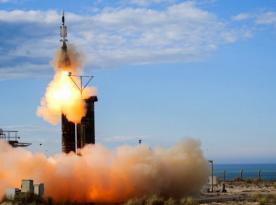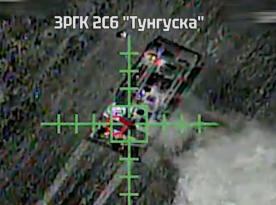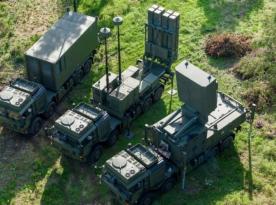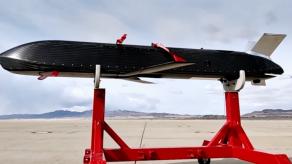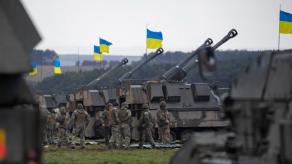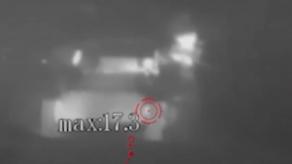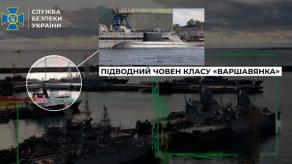Some media reports mention that Croatia possessed an S-300 air defense system in the 1990s — an unexpected fact, considering that as of early 2024, The Military Balance study recorded Croatia’s air defense as relying only on Strela-2 and Strela-10 systems, Igla MANPADS, and MiG-21 fighters, the latter already retired from combat duty.
Delving deeper, Croatia’s S-300 was incomplete, yet it still provided a proper level of national air defense, making the story even more interesting.
Read more: Croatian Volunteer Tells How He Joined and Is Fighting in International Legion of Defense of Ukraine
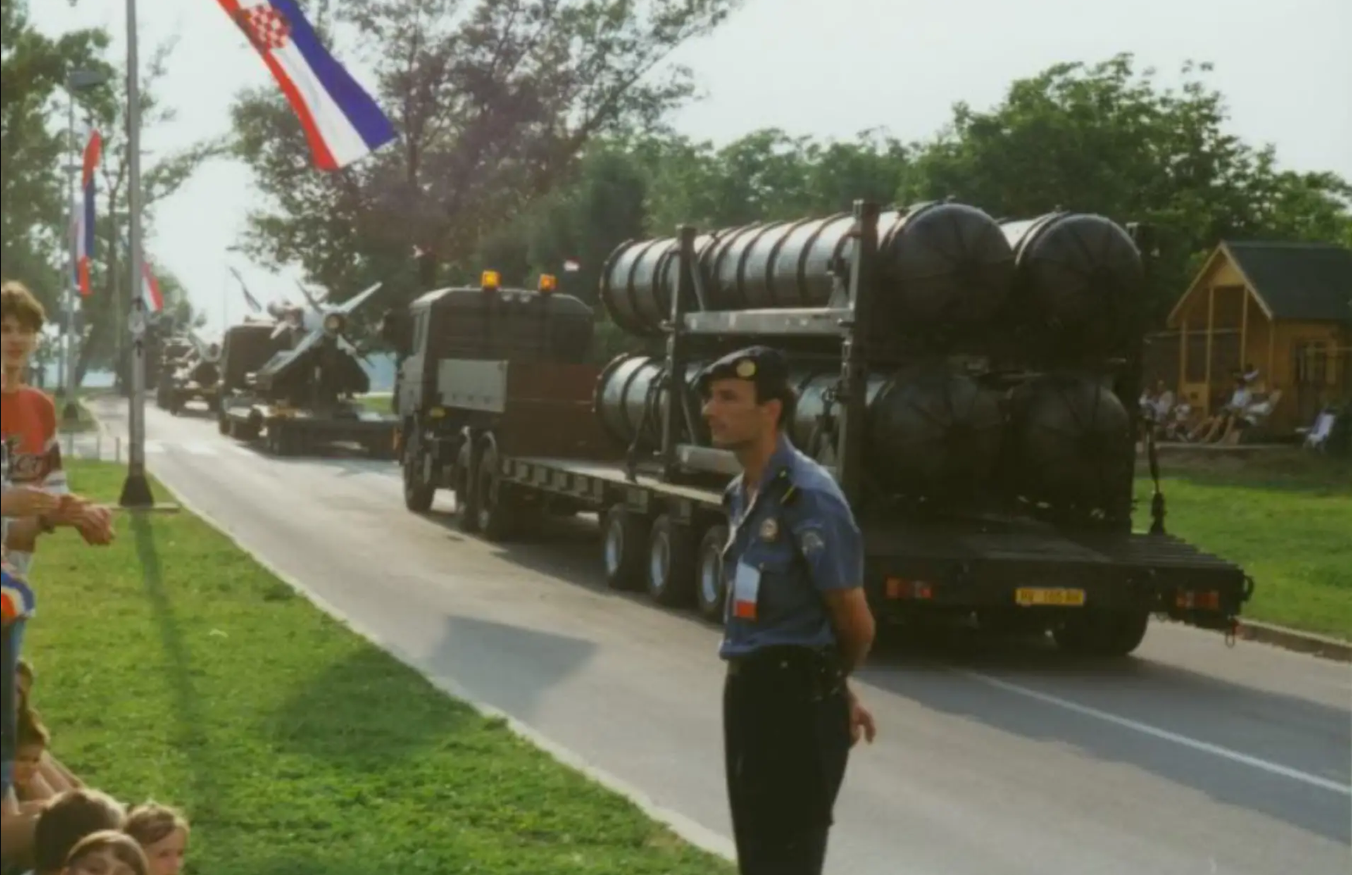
In short, publicly available details suggest that after repelling the initial wave of Serbian aggression in 1991, Croatia faced an urgent need for heavy weaponry, including aircraft and air defense systems.
However, with a de facto embargo on legal arms deliveries, the country turned to the shadow market, which had become abundant following the collapse of the USSR and the Warsaw Pact.
All accounts of Croatia’s arms acquisitions involve businessman Zvonka Zubak, co-owner of Winsley Finance Limited. The most widely accepted version holds that the actual supplier of the S-300PMU system along with other critical weaponry was russia — although Moscow later denied involvement, given its "friendship" with Serbia. But the real intrigue starts from here.
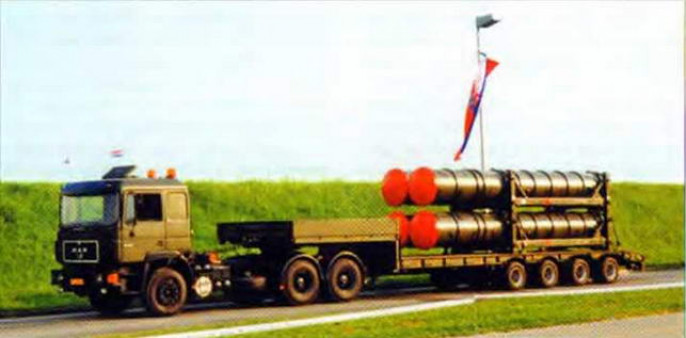
Reports indicate that between 1994 and 1995, russia delivered an underequipped S-300PMU to Croatia, consisting of six launchers and 24 transport-launch containers (TLCs). However, whether any anti-aircraft missiles were included remains undisclosed. Crucially, the system’s radar and fire control center were never provided.
The deal cost $200 million at the time’s exchange rate, and Zubak only managed to secure payment from the Croatian government in late 2024.
Even though it was incomplete, the S-300PMU served a purpose but instead of shooting down aircraft it became an important psychological factor. During a military parade in Jarun in May 1995, Croatia showcased S-300 transport-launch containers on trailers. That display alone was enough to dissuade Serbia from flying MiG-29s over Croatian airspace.
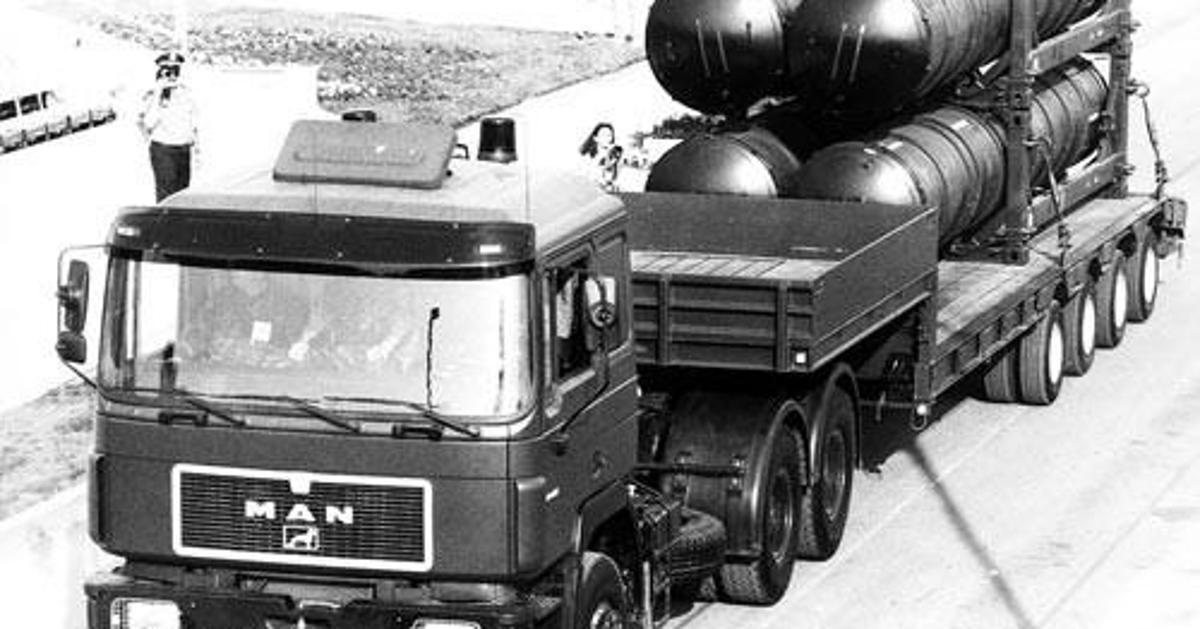
What ultimately happened to Croatia’s S-300PMU remains unclear. The only publicly available evidence consists of a few photographs from the 1995 parade.
Yet, this remarkable episode about such a roundabout air defense acquisition in the midst of a major Balkan conflict deserves attention in its own way, which is why we recount it here.
Read more: T-64 Tank Had a Nuclear-Armed 360mm Variant: Why It Never Became Reality



